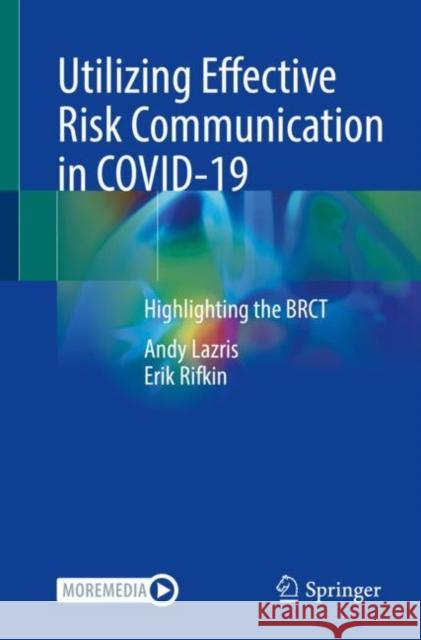Utilizing Effective Risk Communication in Covid-19: Highlighting the Brct » książka
topmenu
Utilizing Effective Risk Communication in Covid-19: Highlighting the Brct
ISBN-13: 9783030745202 / Angielski / Miękka / 2021 / 127 str.
Utilizing Effective Risk Communication in Covid-19: Highlighting the Brct
ISBN-13: 9783030745202 / Angielski / Miękka / 2021 / 127 str.
cena 302,60 zł
(netto: 288,19 VAT: 5%)
Najniższa cena z 30 dni: 289,13 zł
(netto: 288,19 VAT: 5%)
Najniższa cena z 30 dni: 289,13 zł
Termin realizacji zamówienia:
ok. 22 dni roboczych
Bez gwarancji dostawy przed świętami
ok. 22 dni roboczych
Bez gwarancji dostawy przed świętami
Darmowa dostawa!
Kategorie BISAC:
Wydawca:
Springer
Język:
Angielski
ISBN-13:
9783030745202
Rok wydania:
2021
Wydanie:
2021
Ilość stron:
127
Waga:
0.23 kg
Wymiary:
23.37 x 20.32 x 0.76
Oprawa:
Miękka
Wolumenów:
01











